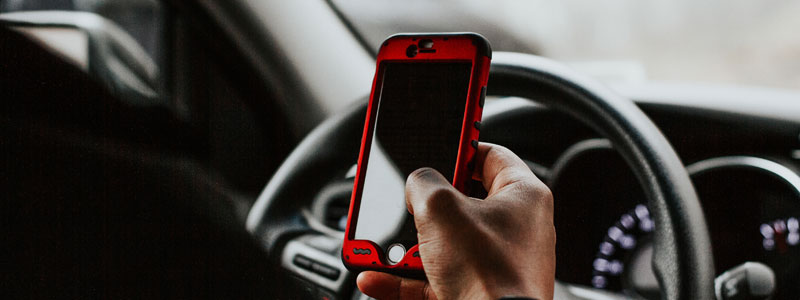A Drunk Driver Hit Me on St. Patrick’s Day. What Are My Options?
For many, St. Patrick’s Day is a perfect time to celebrate Irish heritage and family togetherness. For others, it’s the perfect party opportunity: St. Patrick’s Day is one of the most alcohol-consumption heavy days of the year. If your St. Patrick’s Day celebration includes alcohol, we encourage you to take steps to ensure your safe […]

March 18, 2019

For many, St. Patrick’s Day is a perfect time to celebrate Irish heritage and family togetherness. For others, it’s the perfect party opportunity: St. Patrick’s Day is one of the most alcohol-consumption heavy days of the year.
If your St. Patrick’s Day celebration includes alcohol, we encourage you to take steps to ensure your safe travel to and from any parties you may attend. Know your limits, and don’t drink past them. But even if you do, you still can choose a taxi, Uber, or Lyft service if you know you’re unfit to drive.
Practice safe and sensible habits in all your celebrations, and you greatly reduce the chance of harm to yourself and others.
But what if somebody else doesn’t take the steps you’ve opted to take? What if, on your way home from your St. Patrick’s Day party, you’re injured in a car crash because the driver of the other car was drunk? Let’s explore how liability and comparative fault in Indiana affect your options.
A Question of Liability

In any Indianapolis car accident case, liability is often complex to nail down.
Many contributing factors can occur in even a simple fender-bender involving only two vehicles. The driver who struck the rear of the other car may have been speeding and unable to brake in time. However, if the driver of the struck car was texting while driving, dropped their phone, and slammed on their brakes during a green light, they might carry some responsibility for the car accident.
This is the basis for understanding how liability may fall on both parties involved in a car accident. And despite how strange it might seem, a drunk driver involved in a crash, even if they end up facing DUI charges, may not carry 100 percent liability, especially in the comparative fault system we have in Indiana.
Comparative Fault

When it comes to addressing car accidents, Indiana uses comparative fault to determine liability.
Comparative fault means nearly every case operates under the assumption that every party involved could carry varying levels of fault that, together, contributed to the accident occurring.
In our fender-bender example, the driver who struck the other car may carry 70 percent of the fault for speeding and causing the accident, while the driver who was struck may still bear the remaining 30 percent for texting at a stoplight.
However, if a drunk driver collides with your vehicle and injures you, that driver will most likely bear the majority of fault, provided you were not driving recklessly yourself.
Fault is important because it can affect how much money you receive for your injuries and losses, also known as damages. If the fault in your case goes 90 percent to the drunk driver and 10 percent to you, you would then be entitled to receive 90 percent of your total damages from the insurance company of the driver who injured you.
There are, of course, car accidents in which 100 percent of the fault lies with one driver. If you’ve been injured by a drunk driver, you may be 0 percent at fault, which would mean that the drunk driver’s insurance company would be responsible for all of your damages.
Help from an Indiana Car Accident Lawyer
Facing the long road to recovery after a drunk-driving accident should be the last thing on your mind when you’re celebrating St. Patrick’s Day. If you or someone you know has been injured by a drunk driver, Hensley Legal Group may be able to help. Call us today or contact us online for a free conversation about your claim. Our Indiana car accident lawyers are here to help.